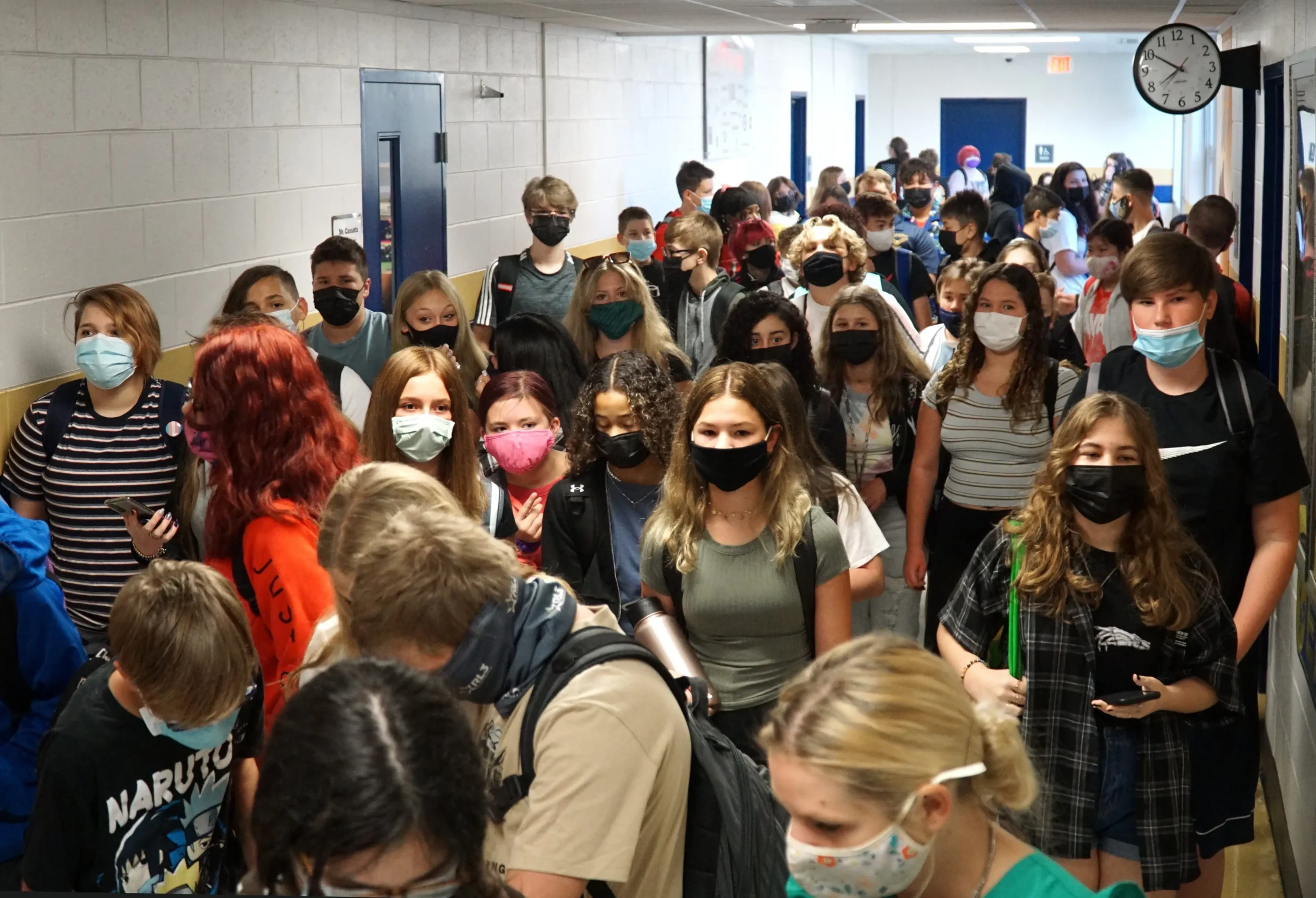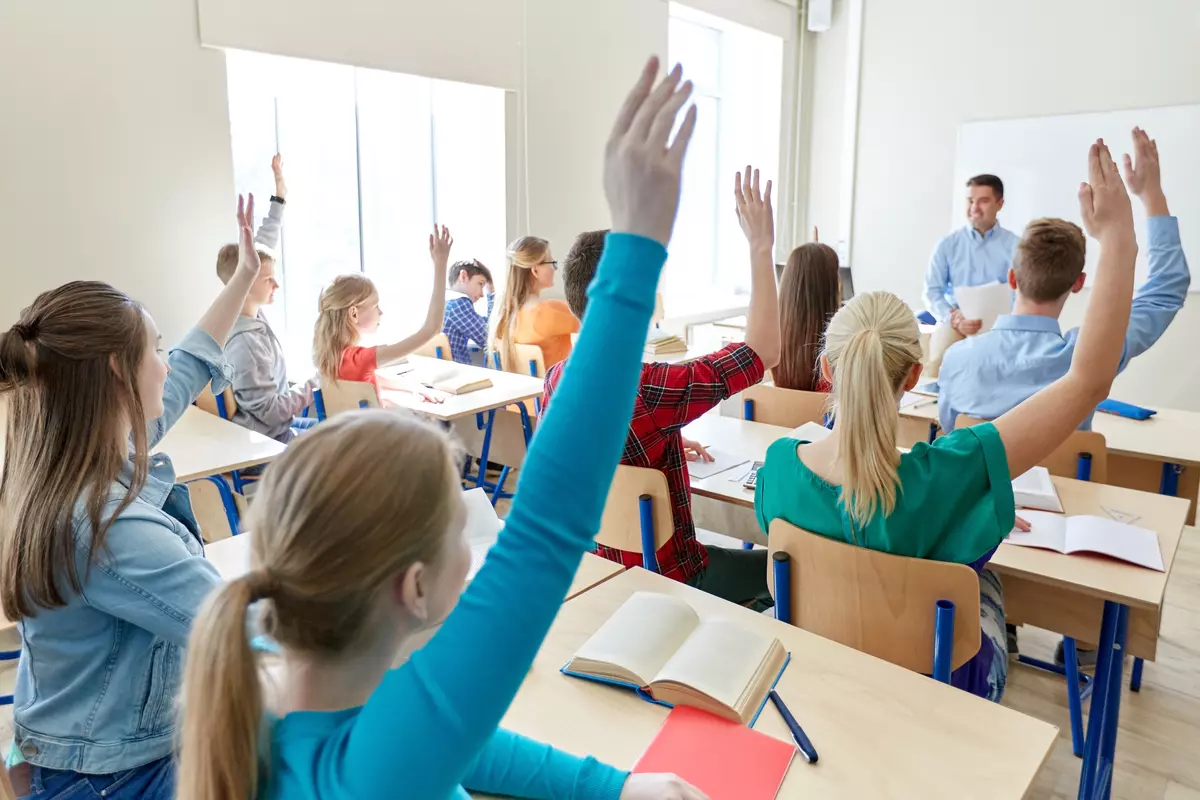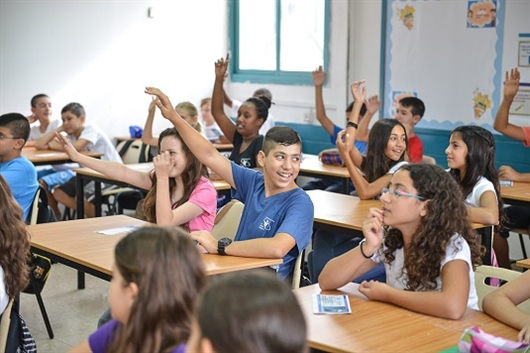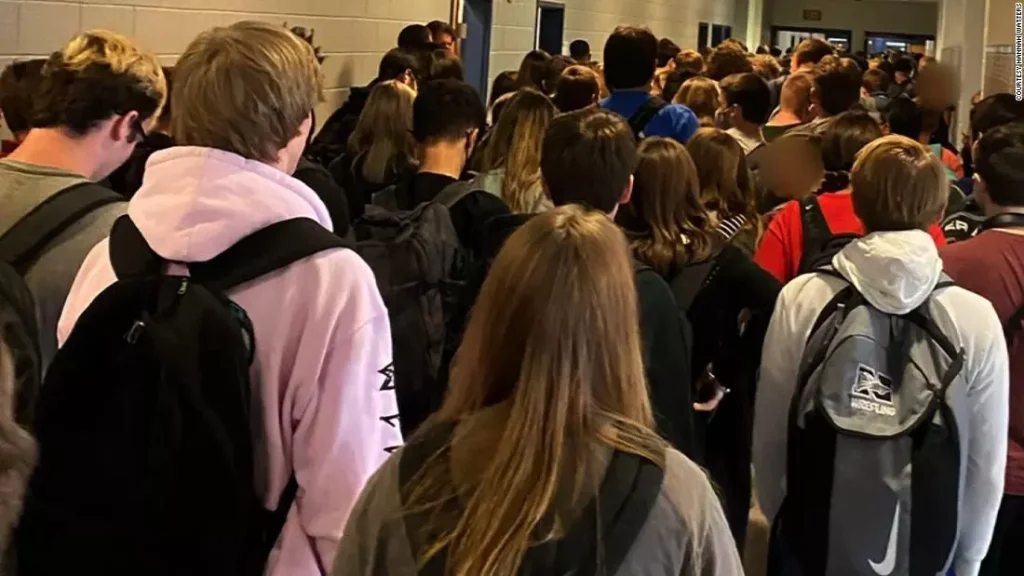Security cameras are a common sight in many public places, such as malls, airports, banks, and streets. But what about schools? Should schools use security cameras to monitor students, teachers, and staff? This is a controversial question that has many arguments for and against it.
In this blog, we will explore the pros and cons of security cameras at school and provide some tips on how to use them effectively and responsibly. We will also discuss the legal and ethical issues that arise from using video surveillance in education. Here are the main topics that we will cover:
- How schools are using security cameras
- The pros and benefits of using security cameras in schools
- The potential cons and drawbacks of school security cameras
- Where and when to use different types of security cameras on campus
- How to balance security and privacy in schools
How Schools Are Using Security Cameras
Before we dive into the pros and cons of security cameras in schools, let’s take a look at how video surveillance is currently used in education.
According to the National Center for Education Statistics (NCES), security cameras were used in 91% of public schools in 2019-2020, making them the second most common campus security measure after controlled access to buildings.
Schools use security cameras for various purposes, such as:
- Enhancing campus safety and security
- Preventing and deterring crimes, such as theft, vandalism, bullying, harassment, violence, and drug use
- Improving emergency preparedness and response
- Monitoring student behavior and attendance
- Investigating incidents and providing evidence
- Protecting school property and assets
- Reducing liability and insurance costs
What Security Cameras Do Schools Use?
Schools use different types of security cameras depending on their needs, budget, and preferences. Some of the common types of school security cameras are:
- Bullet cameras: These are cylindrical-shaped cameras with durable housing that can withstand harsh weather conditions. They are suitable for outdoor areas, such as parking lots, playgrounds, entrances, and exits.
- Dome cameras: These are dome-shaped cameras that are more discreet than bullet cameras. They are suitable for indoor areas, such as hallways, classrooms, cafeterias, and libraries.
- PTZ cameras: These are cameras that can pan (move left and right), tilt (move up and down), and zoom (adjust the focal length) to change their direction and focus. They are suitable for large areas that require more coverage and flexibility, such as auditoriums, gyms, stadiums, and courtyards.
- Fisheye cameras: These are dome cameras that capture 360° of footage and provide the maximum amount of camera coverage. They are suitable for areas that require a wide-angle view, such as lobbies, staircases, offices, and conference rooms.
Schools also use different types of systems to store and access their video footage. Some of the common types of school security systems are:
- On-premise systems: These are systems that store the video footage on a local device, such as a network video recorder (NVR) or a digital video recorder (DVR). They require more hardware and maintenance costs but offer more control and security over the data.
- Cloud-based systems: These are systems that store the video footage on a remote server or platform that can be accessed via the internet. They require less hardware and maintenance costs but offer more scalability and accessibility over the data.
Pros of Using Security Cameras in Schools
Schools have many reasons to install security cameras on their campuses. Some of the main benefits of using security cameras in schools are:
1. School security cameras can improve emergency preparedness and response
Video surveillance is an essential tool for protecting a school from various threats and emergencies. With modern security cameras, schools can be more proactive with campus safety and detect suspicious activities in real time. Video surveillance also improves emergency response for schools by providing real-time alerts, live footage sharing, and AI analytics.
For example, in the event of a fire, flood, earthquake, or active shooter situation.
security cameras can help schools:
- Respond to incidents more quickly with automatic real-time alerts
- Easily share live footage with emergency responders
- Proactively detect suspicious behavior with AI analytics
- Evacuate students and staff safely with clear guidance
- Assess the damage and recovery needs
Video surveillance also provides a clear indication that the school values safety and security. This can increase the confidence and trust of students, parents, teachers, and staff. For these reasons, most parents tend to support security cameras as long as they are installed responsibly.
2. School video surveillance can deter theft, mischief, vandalism, car theft, and potential threats
When security cameras are installed in plain sight, this can discourage potential crimes from happening. Security cameras can help prevent and deter various types of crimes that may occur on school grounds, such as:
- Theft: Security cameras can help prevent students and outsiders from stealing school property, such as laptops, tablets, books, equipment, and supplies. They can also help prevent car theft and break-ins in the parking lot.
- Vandalism: Security cameras can help prevent students and outsiders from damaging school property, such as walls, windows, doors, lockers, furniture, and vehicles. They can also help prevent graffiti and littering on school grounds.
- Bullying: Security cameras can help prevent students from bullying or harassing other students or staff. They can also help identify the perpetrators and victims of bullying and provide evidence for disciplinary actions.
- Violence: Security cameras can help prevent students and outsiders from committing acts of violence on school grounds, such as fights, assaults, weapons possession, and shootings. They can also help identify the aggressors and victims of violence and provide evidence for legal actions.
- Drug use: Security cameras can help prevent students from using or selling drugs on school grounds. They can also help identify the users and dealers of drugs and provide evidence for intervention programs.
Security cameras can also help schools save money on repairs, replacements, insurance premiums, and legal fees by reducing the occurrence and severity of crimes.
3. School video surveillance can monitor student behavior and attendance
Security cameras can also help schools monitor student behavior and attendance in various ways, such as:
- Enforcing school rules and policies: Security cameras can help schools enforce their rules and policies regarding dress code, cell phone use, smoking, cheating, etc. They can also help schools detect and correct any violations or misconducts by students or staff.
- Improving student performance and engagement: Security cameras can help schools improve student performance and engagement by creating a more disciplined and focused learning environment. They can also help schools identify and address any academic or behavioral issues that may affect student outcomes.
- Tracking student attendance and truancy: Security cameras can help schools track student attendance and truancy by recording when students enter and exit the school premises. They can also help schools verify student absences and tardiness and provide evidence for attendance reports.
Security cameras can also help schools improve their communication and collaboration with parents by providing them with more information and transparency about their children’s activities and progress at school.
4. School video surveillance can protect teachers and staff
Security cameras can also benefit teachers and staff by providing them with more protection and support in various ways, such as:
- Preventing false accusations: Security cameras can help teachers and staff avoid false accusations of misconduct or abuse by students or parents. They can also provide evidence to defend themselves against any unfounded claims or lawsuits.
- Enhancing professional development: Security cameras can help teachers and staff enhance their professional development by allowing them to review their own performance and feedback, as well as learn from their peers and mentors.
- Reducing workload and stress: Security cameras can help teachers and staff reduce their workload and stress by automating some tasks, such as attendance tracking, student monitoring, and incident reporting.
Security cameras can also help teachers and staff feel more secure and supported in their work environment. They can provide them with more evidence and accountability in case of any disputes or complaints. They can also provide them with more recognition and appreciation for their efforts and achievements.
Cons of Using Security Cameras in Schools
While security cameras have many benefits for schools, they also have some drawbacks and risks that need to be considered. Some of the main cons of using security cameras in schools are:

1. School security cameras can invade privacy and violate rights
One of the biggest concerns about security cameras in schools is that they can invade the privacy and violate the rights of students, teachers, and staff. Security cameras can capture sensitive and personal information, such as conversations, interactions, expressions, behaviors, and activities. This information can be misused, leaked, hacked, or accessed by unauthorized parties.
For example, security cameras can:
- Record private conversations between students or teachers
- Capture intimate or embarrassing moments
- Expose medical or mental health conditions
- Reveal personal beliefs or opinions
- Monitor political or religious activities
Security cameras can also create a sense of distrust and suspicion among students, teachers, and staff. They can make them feel watched, monitored, and controlled. They can also affect their freedom of expression, creativity, and spontaneity.
Security cameras can also violate the legal and ethical rights of students, teachers, and staff. For example, security cameras can:
- Contradict the Fourth Amendment that protects against unreasonable searches and seizures
- Violate the Family Educational Rights and Privacy Act (FERPA) that protects student records
- Breach the Children’s Online Privacy Protection Act (COPPA) that protects children’s online data
- Infringe the National Education Association (NEA) Code of Ethics that protects teacher rights
Therefore, schools need to ensure that they use security cameras in compliance with the relevant laws and regulations. They also need to respect the privacy and rights of students, teachers, and staff by following some best practices, such as:
- Informing students, parents, teachers, and staff about the use and purpose of security cameras
- Obtaining consent from students, parents, teachers, and staff before installing security cameras
- Limiting the access and retention of video footage to authorized personnel only
- Encrypting and securing video footage to prevent unauthorized access or leakage
- Deleting video footage after a reasonable period of time or when no longer needed
- Avoiding installing security cameras in areas where there is a reasonable expectation of privacy, such as bathrooms, locker rooms, changing rooms, etc.
2. School video surveillance can be costly and ineffective
Another concern about security cameras in schools is that they can be costly and ineffective. Security cameras require a significant amount of money and resources to install, maintain, operate, and upgrade. Schools need to consider the following costs when using security cameras:
- Hardware costs: These include the costs of buying security cameras, NVRs or DVRs, monitors, cables, etc.
- Installation costs: These include the costs of hiring professionals to install security cameras and set up the network.
- Maintenance costs: These include the costs of repairing or replacing faulty or damaged security cameras or equipment.
- Operation costs: These include the costs of electricity, internet bandwidth, storage space, etc.
- Upgrade costs: These include the costs of updating or replacing outdated or obsolete security cameras or systems.
Security cameras can also be ineffective if they are not used properly or strategically. Security cameras can have some limitations and challenges that affect their performance and efficiency. For example:
- Security cameras cannot prevent crimes from happening; they can only record them after they occur.
- Security cameras cannot cover every inch of the school premises; they can only capture what is within their range and angle.
- Security cameras cannot identify every person or object; they can only provide blurry or distorted images in some cases.
- Security cameras cannot guarantee accurate results; they can only provide false positives or negatives in some cases.
Therefore, schools need to ensure that they use security cameras wisely and efficiently. They need to consider the following factors when using security cameras:
- Quality: Schools need to choose high-quality security cameras that have clear resolution, wide coverage, night vision, audio, motion detection, and AI analytics features.
- Placement: Schools need to place security cameras in strategic locations that cover key areas and entry points, such as parking lots, entrances, exits, hallways, common areas, classrooms, etc.
- Configuration: Schools need to configure security cameras according to their needs and preferences, such as adjusting the angle, focus, brightness, contrast, etc.
- Integration: Schools need to integrate security cameras with other security systems and devices, such as controlled access systems, metal detectors, alarm systems, etc.
- Monitoring: Schools need to monitor security cameras regularly and effectively by assigning trained and authorized personnel to watch live or recorded footage and respond to any alerts or incidents.
Where and When to Use Different Types of Security Cameras on Campus
Schools need to consider where and when to use different types of security cameras on their campuses. Different areas and situations may require different types of security cameras. Here are some examples of where and when to use different types of security cameras on campus:

- Parking lots: Schools can use bullet or dome cameras with night vision and motion detection features to monitor the parking lots and prevent car theft or break-ins. They can also use PTZ cameras with license plate recognition features to identify vehicles entering or exiting the parking lots.
- Entrances and exits: Schools can use bullet or dome cameras with face recognition features to monitor the entrances and exits and verify the identity of students, teachers, staff, and visitors. They can also use fisheye cameras with people counting features to track the number of people entering or exiting the school premises.
- Hallways and common areas: Schools can use dome or fisheye cameras with wide-angle views to monitor the hallways and common areas and prevent vandalism, bullying, harassment, violence, or drug use. They can also use PTZ cameras with pan and tilt features to follow any suspicious activities or incidents.
- Classrooms: Schools can use dome cameras with audio features to monitor the classrooms and enforce school rules and policies. They can also use fisheye cameras with 360° views to capture the entire classroom and improve student performance and engagement.
- Cafeterias: Schools can use dome or fisheye cameras with wide-angle views to monitor the cafeterias and prevent food fights, theft, or waste. They can also use PTZ cameras with zoom features to focus on any specific areas or events.
- Libraries: Schools can use dome cameras with audio features to monitor the libraries and prevent noise, vandalism, or theft. They can also use fisheye cameras with 360° views to capture the entire library and improve student learning and research.
- Auditoriums: Schools can use PTZ cameras with pan, tilt, and zoom features to monitor the auditoriums and capture any performances, events, or ceremonies. They can also use fisheye cameras with 360° views to capture the entire auditorium and improve student participation and appreciation.
- Gyms: Schools can use bullet or dome cameras with durable housing to monitor the gyms and prevent injuries, accidents, or fights. They can also use PTZ cameras with pan, tilt, and zoom features to capture any sports activities or events. They can also use fisheye cameras with 360° views to capture the entire gym and improve student fitness and wellness.
- Stadiums: Schools can use bullet or dome cameras with durable housing to monitor the stadiums and prevent injuries, accidents, or fights. They can also use PTZ cameras with pan, tilt, and zoom features to capture any sports activities or events. They can also use fisheye cameras with 360° views to capture the entire stadium and improve student participation and appreciation.
Schools can also use different types of security cameras at different times of the day or year. For example:
- Daytime: Schools can use security cameras with high-resolution and color features to capture clear and detailed footage during the day. They can also use security cameras with wide dynamic range (WDR) features to adjust to different lighting conditions.
- Nighttime: Schools can use security cameras with night vision and infrared (IR) features to capture clear and visible footage during the night. They can also use security cameras with low-light sensitivity features to enhance the image quality in dark environments.
- Summer: Schools can use security cameras with weatherproof and vandal-proof features to withstand high temperatures, humidity, rain, dust, etc. They can also use security cameras with motion detection and alert features to detect any intruders or trespassers during the summer break.
How to Balance Security and Privacy in Schools
Security cameras are a powerful tool for enhancing school safety and security, but they also pose some challenges and risks for privacy and rights. Therefore, schools need to balance security and privacy in schools by following some best practices, such as:
- Developing a clear and comprehensive policy for using security cameras in schools that outlines the purpose, scope, roles, responsibilities, procedures, and guidelines for video surveillance.
- Communicating the policy to all stakeholders, including students, parents, teachers, staff, administrators, and other school community members.
- Obtaining consent from students, parents, teachers, staff, administrators, and other school community members before installing security cameras in schools.
- Installing security cameras only in areas where there is a legitimate need for security and where there is no reasonable expectation of privacy.
- Limiting the access and retention of video footage to authorized personnel only and for authorized purposes only.
- Encrypting and securing video footage to prevent unauthorized access or leakage.
- Deleting video footage after a reasonable period of time or when no longer needed.
- Reviewing and evaluating the policy regularly and making adjustments as needed.
Conclusion
Security cameras are a valuable asset for schools that can help improve campus safety and security. However, they also have some drawbacks and risks that need to be considered. Schools need to weigh the pros and cons of security cameras in schools carefully and make informed decisions based on their needs, goals, preferences, budget, and legal obligations.

If you are looking for high-quality security cameras for your school, you may want to check out some of the best security cameras for schools that are available in the market. Some of the factors that you should consider when choosing security cameras for your school are:
- Quality: You should look for security cameras that have high-resolution, wide-angle, night vision, audio, motion detection, and AI analytics features that can provide clear and detailed footage in various conditions and situations.
- Placement: You should look for security cameras that have durable, weatherproof, and vandal-proof housing that can withstand harsh environments and tampering. You should also look for security cameras that have flexible mounting options that can fit different locations and angles.
- Configuration: You should look for security cameras that have easy and intuitive configuration options that can allow you to adjust the settings according to your needs and preferences. You should also look for security cameras that have remote access and control features that can allow you to view and manage your cameras from anywhere.
- Integration: You should look for security cameras that have seamless integration options that can allow you to connect your cameras with other security systems and devices, such as controlled access systems, metal detectors, alarm systems, etc. You should also look for security cameras that have cloud-based storage options that can allow you to store and access your video footage securely and conveniently.
Some of the best security cameras for schools that meet these criteria are:
- Reolink: Reolink offers a wide range of security cameras for schools that are affordable, reliable, and easy to use. Reolink security cameras have high-quality features, such as 4K resolution, starlight night vision, two-way audio, smart motion detection, and AI analytics. Reolink security cameras also have flexible placement options, such as wireless, solar-powered, battery-powered, or PoE-powered. Reolink security cameras also have simple configuration options, such as plug-and-play installation, mobile app access, and voice control. Reolink security cameras also have cloud-based storage options that are secure and accessible.
- Rhombus: Rhombus offers a variety of security cameras for schools that are modern, smart, and scalable. Rhombus security cameras have advanced features, such as 360° views, face recognition, people counting, license plate recognition, and unusual behavior detection. Rhombus security cameras also have durable housing that is weatherproof and vandal-proof. Rhombus security cameras also have easy configuration options, such as cloud-based setup, web-based access, and API integration. Rhombus security cameras also have cloud-based storage options that are encrypted and unlimited.
- Avigilon: Avigilon offers a range of security cameras for schools that are powerful, innovative, and comprehensive. Avigilon security cameras have cutting-edge features, such as 7K resolution, self-learning video analytics, appearance search, and focus of attention. Avigilon security cameras also have robust housing that is weatherproof and vandal-proof. Avigilon security cameras also have easy configuration options, such as plug-and-play installation, web-based access, and cloud-based management. Avigilon security cameras also have cloud-based storage options that are secure and scalable.
If you want to learn more about these security cameras for schools or get a free quote, you can visit our website or contact our representatives. We will be happy to assist you with your school security needs and provide you with the best solutions for your school.


